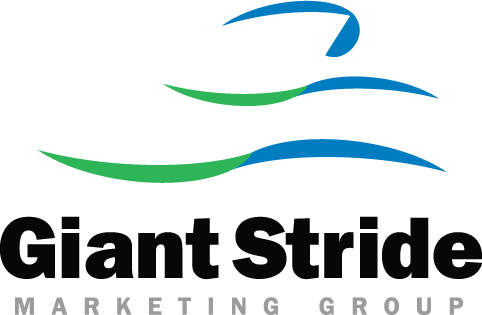Creating High-Impact Product Launches in a Rapid-Release SaaS World
Today, the SaaS companies I work with do quarterly, monthly, or even weekly release cycles. They still want to make a splash with their new features, and customers want to learn what’s new. But few people—among the customers, press, analysts, influencers, or the marketers themselves—have the time or energy to pay attention to dozens of splashy announcements per year. Product marketers and their stakeholders need to adapt to this rapid-release world in several ways.
Start by tiering your product releases and map product launch activities to each tier.
Not every product release has the quantity or quality of new features. Different enhancements may be important for new customers, existing customers, or other stakeholders like internal consultants. In an ideal world, you would build a unique launch plan for each product release. In a practical world, those efforts become overly time consuming and make it difficult to align expectations with your key stakeholders (such as sales, consulting, engineering, and support teams).
The answer is to create a tiering system where you categorize launches as Tier 1, 2, 3, etc. Releases in every tier get some sort of “formal” launch, but the standard launch plan differs in the number of activities and the number of people involved. By assigning each release into a tier, everyone in your company knows what to expect and how to prioritize his or her time. And, you put more of your resources into the releases that will truly help you stand out from your competitors.
For example, Tier 1 launches may have cross-functional marketing and sales enablement teams, analyst message testing and briefings, comprehensive PR and social media plans, and sales training. A Tier 2 launch may only include an email and/ or Pendo notification to existing customers, a blog post that’s shared on social media and sent to the sales team, and a training session for customer success. A Tier 3 launch may involve a Pendo notification and blog post only, with an internal email that goes into a bit more detail.
Criteria for putting a specific launch in a tier could include:
The strategic importance of the product line
Size of the customer base/ addressable market
Number of new capabilities and their impact on existing customers as well as prospects
Degree to which new capabilities are differentiated versus “me too”
Competitive activity in the market
Identify key audiences and tailor your communications accordingly
New features may benefit one part of your addressable market more than another or one set of users more than another. You and your product team probably understand these distinctions without doing a complex customer segmentation.
At a minimum, build separate launch messaging for existing customers and prospects. Think about which communications can be tailored with segment messaging or tactics that will reach one important launch audience. “Save up” features so that an email to a specific segment of your database has more impact: that is, more email opens, more demo requests, and ultimately more product adoption.
For example, Squarespace recently announced three new features that help small businesses drive more traffic to their sites and convert those visitors into customers – important to the business owner wearing her “marketing hat” early in 2023.
Squarespace email, January 2023
Better yet, time your launch for a specific segment to coincide with an important industry event.
Ladder up your product launches to relevant themes
Buyers care about new product features because they have problems to solve. Maybe they’re not finding solutions now, from you or your competitors. They may only pay attention to a product announcement if it clearly speaks to their unmet needs. And the more unmet needs, the better!
For example, one former client of mine added several features (over a number of releases) that helped airlines create a better day-of-travel experience for their customers. Individually, these features were cool. Together, they provided a compelling value proposition.
Theme-based launches help you build more compelling messages. They also help you build more comprehensive launch plans that align with your go-to-market strategy.
Find the right times to manufacture your own big event
There are still cases where a Tier 1 launch can generate a big splash on its own (think: ChatGPT in Microsoft Bing). So if the time is right, go for it! And take advantage of every opportunity to tailor your messages and group your features (across multiple releases) by theme. Which comes to my last point….
Always remember that product availability isn’t the same thing as product launch.
Your company may want everyone to know about every feature as soon as it’s available, but you need to be sure that your audience is ready to listen. Look at your features’ availability from the eyes of your customers and prospects to determine what to talk about when. You may end up telling your internal constituents first, followed by existing customers and finally prospects.
Does this post inspire you to revamp your product launch planning?
Get more tips from my 7 rules for sizzling product launches. And let me know what you think!

